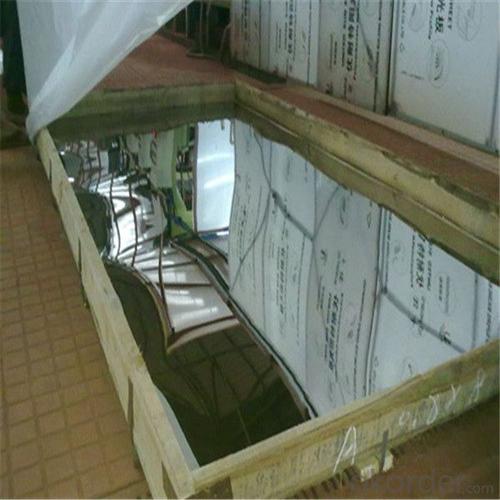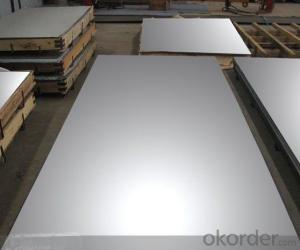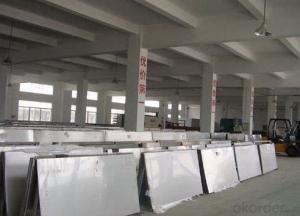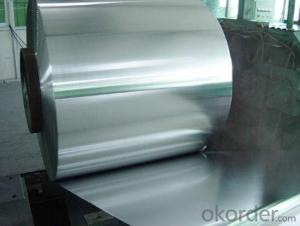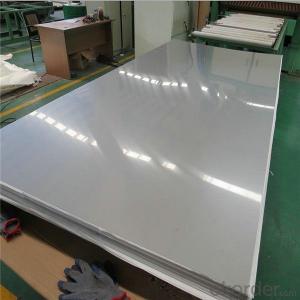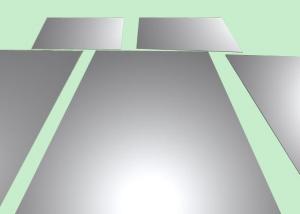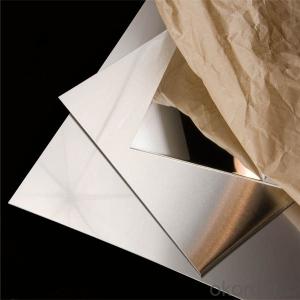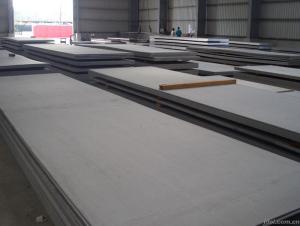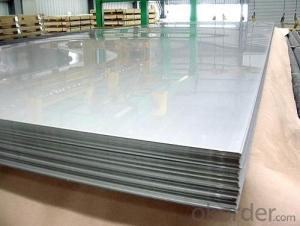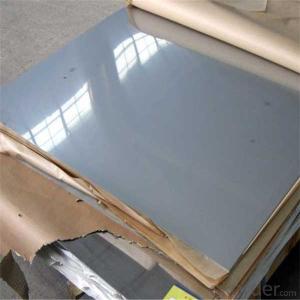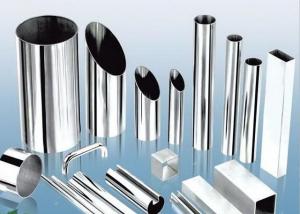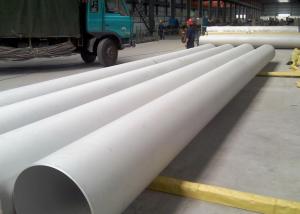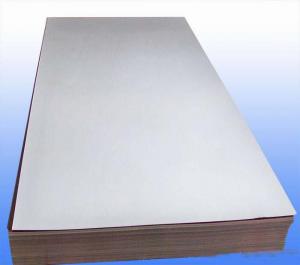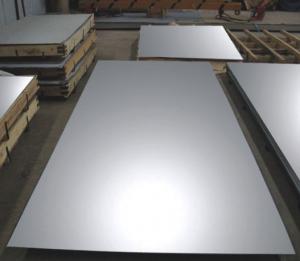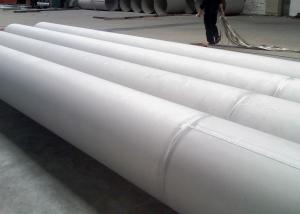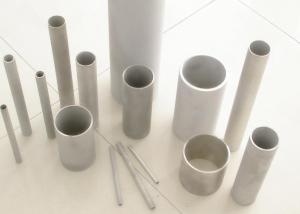Stainless Steel Sheets and Coils 310S 304
- Loading Port:
- Shanghai
- Payment Terms:
- TT OR LC
- Min Order Qty:
- 3 m.t.
- Supply Capability:
- 20000 m.t./month
OKorder Service Pledge
OKorder Financial Service
You Might Also Like
Specification
AISI ASTM 310S 2B Surface Stainless Steel Metal Plate/Sheet
| Products : | 310S 2B Surface stainless steel plate/sheet |
| Grade: | 201/202/304/304L/316/316L/321/317L/904L/430/S32205/309S/310S and so on |
| Stainless steel production type: | Cold rolled or Hot rolled stainless steel / Plate, Stainless steel flange, Stainless steel angle , Stainless steel pipe , Stainless steel flate , Stainless steel bar and so on |
| Thickness: | 0.35mm-12mm |
| Standard Size: | 4*8ft(1219*2438mm) , 4*10ft(1219*3048mm) , 1000*2000mm , 1500*3000mm or customize size |
| Brand: | TISCO BAOSTEEL JISCO POSCO Outokumpu ThyssenKrupp NSSC JFE NAS |
| Surface Type: | No.1 , 2B(No.2B) , NO.3 , No.4 , HL , BA(No.6) , Mirror(No.8) |
| Material Standard: | ASTM/JIS/GB |
| Surface Protection: | Paper or PVC |
| Application: | Chemical equipments & Pressure vessels & Machinery & Elevator |
Main product chemical composition
Grade | C % | Si % | Mn % | P % | S % | Cr % | Mo % | Ni % | Other % |
201 | ≤0.15 | ≤1.00 | 5.5-7.5 | ≤0.06 | ≤0.03 | 16-18 | - | 3.5-5.5 | N≤0.25 |
202 | ≤0.15 | ≤1.00 | 7.5-10.0 | ≤0.06 | ≤0.03 | 17-19 | - | 4.0-6.0 | N≤0.25 |
301 | ≤0.15 | ≤1.00 | ≤2.00 | ≤0.045 | ≤0.03 | 16-18 | - | 6.0-8.0 | - |
302 | ≤0.15 | ≤1.00 | ≤2.00 | ≤0.045 | ≤0.03 | 17-19 | - | 8-10.0 | - |
303 | ≤0.15 | ≤1.00 | ≤2.00 | ≤0.2 | ≥0.015 | 17-19 | ≤0.6 | 8.0-10.0 | - |
304 | ≤0.08 | ≤1.00 | ≤2.00 | ≤0.045 | ≤0.03 | 18-20 | - | 8-10.5 | - |
304L | ≤0.03 | ≤1.00 | ≤2.00 | ≤0.045 | ≤0.03 | 18-20 | - | 9-13 | - |
309S | ≤0.08 | ≤1.00 | ≤2.00 | ≤0.045 | ≤0.03 | 22-24 | - | 12-15 | - |
310S | ≤0.08 | ≤1.5 | ≤2.00 | ≤0.045 | ≤0.03 | 24-26 | - | 19-22 | - |
316 | ≤0.08 | ≤1.00 | ≤2.00 | ≤0.045 | ≤0.03 | 16-18 | 2-3 | 10-14 | - |
316L | ≤0.03 | ≤1.00 | ≤2.00 | ≤0.045 | ≤0.03 | 16-18 | 2-3 | 12-15 | - |
317 | ≤0.08 | ≤1.00 | ≤2.00 | ≤0.045 | ≤0.03 | 18-20 | 3-4 | 11-15 | - |
321 | ≤0.08 | ≤1.00 | ≤2.00 | ≤0.045 | ≤0.03 | 17-19 | - | 9-13 | Ti≥5×C |
430 | ≤0.12 | ≤0.75 | ≤1.00 | ≤0.04 | ≤0.03 | 16-18 | - | ≤0.6 |
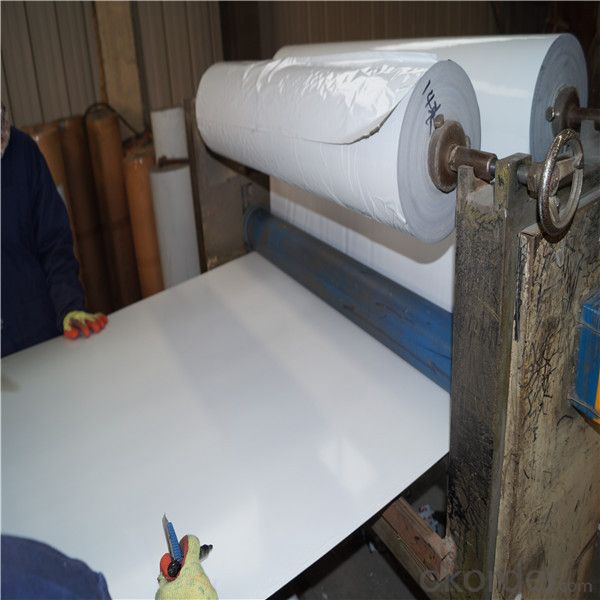
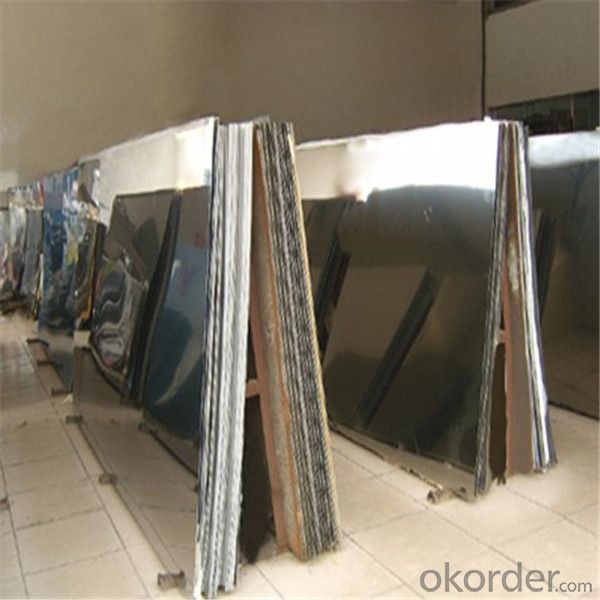
- Q: Can stainless steel sheets be used for architectural cladding?
- Yes, stainless steel sheets can be used for architectural cladding. Stainless steel is a popular choice for architectural cladding due to its durability, corrosion resistance, and aesthetic appeal. It provides a sleek and modern look to buildings while also offering a long-lasting and low-maintenance solution for exterior cladding applications.
- Q: What are the different edge finishes available for stainless steel sheets?
- For stainless steel sheets, there are multiple edge finishes available, each with its own distinct characteristics and applications. 1. The mill edge is the original edge produced during the rolling process at the mill. It has a slightly rough appearance and may contain mill scale or imperfections. This edge is suitable for industrial or structural use, where aesthetics are not a primary concern. 2. The sheared edge is obtained by cutting or shearing the stainless steel sheet to size. It has a clean-cut, straight appearance and is commonly used in applications where a smooth edge is desired, such as architectural or decorative purposes. 3. After the shearing process, the edges of the stainless steel sheet can be deburred to remove any sharp or rough edges. This creates a smooth and safe edge, making it suitable for applications where safety is a concern, such as food processing or medical equipment. 4. The rolled edge is achieved by rolling the stainless steel sheet, resulting in a rounded or curved edge. This edge finish is often used in applications where safety is important, as it eliminates sharp corners and edges, reducing the risk of injury. 5. A beveled edge is created by cutting or grinding an angle onto the edge of the stainless steel sheet. This edge finish is commonly used in architectural or decorative applications, as it provides a stylish and visually appealing appearance. 6. The polished edge involves polishing the edge of the stainless steel sheet to create a smooth and reflective surface. Polished edges are often used in high-end architectural or decorative applications, as they enhance the overall aesthetic appeal of the stainless steel sheet. When choosing the appropriate edge finish for your application, it is essential to consider factors such as aesthetics, functionality, and safety.
- Q: Can stainless steel sheets be cut to size?
- Yes, stainless steel sheets can be cut to size. Stainless steel sheets are versatile materials that can be easily customized to fit specific dimensions and requirements. They can be cut using various methods such as plasma cutting, laser cutting, or waterjet cutting. These processes allow for precise and accurate cuts, ensuring that the stainless steel sheet is cut to the desired size without compromising its integrity. Additionally, stainless steel is known for its durability and resistance to corrosion, making it an excellent choice for applications that require cutting and shaping.
- Q: What are the different types of stainless steel sheet grades available?
- There exists a range of stainless steel sheet grades, each possessing distinctive properties and applications. The following are some commonly used stainless steel sheet grades: 1. Austenitic stainless steel, such as 304 and 316, is widely utilized due to its outstanding corrosion resistance and high ductility. It lacks magnetic properties and can be easily formed and welded. 2. Ferritic stainless steel, including 430 and 409, exhibits magnetic properties and excellent corrosion resistance, particularly in high-temperature environments. Although less ductile than austenitic stainless steel, it offers good strength and formability. 3. Martensitic stainless steel, like 410 and 420, is characterized by its high strength, hardness, and wear resistance. It is commonly employed in applications where toughness and corrosion resistance are of lesser importance. 4. Duplex stainless steel, such as 2205 and 2507, is a combination of austenitic and ferritic stainless steels. It provides a unique blend of strength, corrosion resistance, and cost-effectiveness. This type is highly resistant to stress corrosion cracking and finds application in industries such as oil and gas, chemical processing, and marine applications. 5. Precipitation hardening stainless steel, represented by grades like 17-4 PH and 15-5 PH, is heat-treatable and offers high strength and corrosion resistance. It is commonly employed in aerospace and high-performance applications that necessitate a combination of strength and corrosion resistance. These are merely a few examples of the diverse stainless steel sheet grades available. Each grade possesses specific characteristics and is chosen based on desired properties and intended applications.
- Q: What are the different types of embossed patterns available for stainless steel sheets?
- Stainless steel sheets offer a variety of embossed patterns to choose from. Some of the commonly seen options are as follows: 1. Diamond Pattern: This pattern showcases a series of diamond-shaped raised protrusions on the sheet's surface. It is a popular choice as it adds visual interest and texture to various applications. 2. Linen Pattern: The linen pattern features parallel lines that create a textured appearance resembling linen fabric. Architects and interior designers often utilize this pattern due to its unique aesthetic. 3. Squares Pattern: As the name suggests, this design consists of square-shaped raised protrusions on the stainless steel sheet. It provides a clean and modern look, suitable for a wide range of applications. 4. Leather Pattern: The leather pattern imitates the texture and appearance of leather, adding elegance and sophistication to stainless steel sheets. It is a favored choice for decorative purposes. 5. Moire Pattern: The moire pattern creates a wavy or rippled design, resulting in an optical illusion effect. It adds a dynamic visual element to stainless steel sheets, making them stand out. 6. Checkerplate Pattern: This pattern consists of raised squares or rectangles arranged in a checkered pattern. Its high slip resistance makes it ideal for applications where safety is crucial, such as stairs or ramps. These examples represent only a fraction of the embossed patterns available for stainless steel sheets. The choice of pattern depends on aesthetic preference, functionality, and specific application requirements. Whether for architectural, interior design, or industrial purposes, there is a wide range of embossed patterns to cater to various needs.
- Q: Are stainless steel sheets resistant to heat and high temperatures?
- Stainless steel sheets possess exceptional resistance to heat and high temperatures. Their remarkable heat resistance properties enable them to maintain both their strength and structural integrity even under extreme temperature conditions. Consequently, stainless steel sheets are highly suitable for a diverse range of applications that involve heat and high temperatures. These applications include industrial furnaces, boilers, heat exchangers, and automotive exhaust systems. Stainless steel is capable of enduring temperatures of up to 1200 degrees Celsius (2192 degrees Fahrenheit) without compromising its structural properties, rendering it a favored option in industries requiring materials that can withstand intense heat. Furthermore, stainless steel also exhibits excellent resistance to oxidation, thereby preventing the formation of rust or scale when exposed to high temperatures for extended durations. In sum, stainless steel sheets serve as an exceptional choice for applications necessitating resistance to heat and high temperatures.
- Q: What are the features of stainless steel plates?
- Can withstand oxalic acid, sulfuric acid iron sulfate, nitrate, nitrate acid and hydrofluoric acid, sulfuric acid copper sulfate, phosphoric acid, formic acid and acetic acid and various acid corrosion, widely used in chemical, food, medicine, papermaking, petroleum, atomic energy industry, as well as construction, kitchen utensils, cutlery, household appliances, vehicles of all kinds of parts.
- Q: What is the modulus of elasticity of stainless steel sheets?
- The modulus of elasticity of stainless steel sheets typically ranges from 190 to 220 gigapascals (GPa).
- Q: Can stainless steel sheets be used for elevator handrails or grab bars?
- Yes, stainless steel sheets can be used for elevator handrails or grab bars. Stainless steel is a popular choice for these applications due to its durability, corrosion resistance, and aesthetic appeal. Stainless steel sheets can be fabricated into various shapes and sizes to meet the specific requirements of elevator handrails or grab bars, ensuring safety and comfort for users. Additionally, stainless steel is easy to clean and maintain, making it a practical choice for high-traffic areas such as elevators.
- Q: Are stainless steel sheets good for chemical processing?
- Stainless steel sheets are renowned for their exceptional performance in chemical processing. Their remarkable resistance to corrosion and chemical damage has made them highly sought-after across various industries, particularly in chemical processing. The abundant presence of chromium and nickel in stainless steel imparts it with an extraordinary ability to withstand chemical reactions, even when exposed to harsh chemicals and acids. Furthermore, stainless steel sheets offer hassle-free cleaning, maintenance, and sterilization, which are crucial factors in chemical processing environments where cleanliness and hygiene are of utmost importance. The durability and strength of stainless steel sheets also guarantee their longevity and capacity to endure extreme temperatures and pressures, rendering them suitable for a wide array of chemical processing applications. All in all, stainless steel sheets emerge as a dependable and efficient choice for chemical processing due to their corrosion resistance, ease of maintenance, and enduring nature.
Send your message to us
Stainless Steel Sheets and Coils 310S 304
- Loading Port:
- Shanghai
- Payment Terms:
- TT OR LC
- Min Order Qty:
- 3 m.t.
- Supply Capability:
- 20000 m.t./month
OKorder Service Pledge
OKorder Financial Service
Similar products
Hot products
Hot Searches
Related keywords


